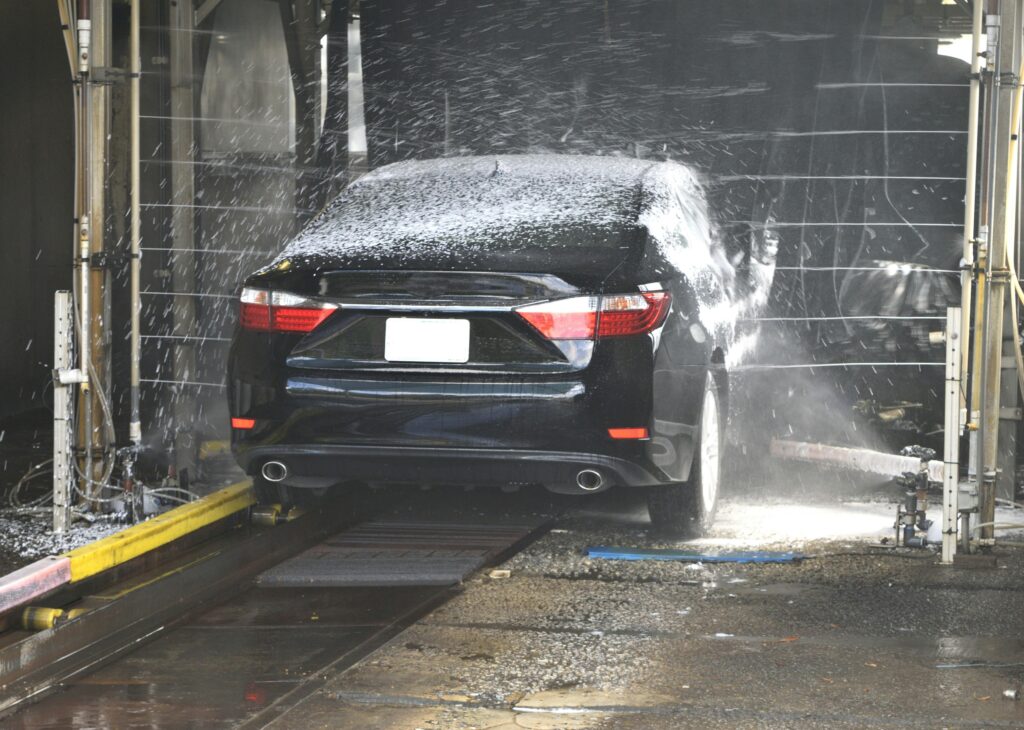Mastering the Car Wash: The Two-Bucket Technique Explained
Washing your own vehicle isn’t just maintenance—it’s a badge of honor for dedicated automotive enthusiasts. It’s the surest path to achieving a pristine finish without risking swirl marks, and frankly, it’s a deeply satisfying ritual.
Personally, I cherish my weekend wash sessions. They’re not just about cleanliness; they’re my excuse to indulge the collection—polishes, tire gels, premium soaps, detailing brushes, foam cannons, and everything in between! If you’re seeking to elevate your hand-washing game to professional standards, consider this your definitive guide.
The Two-Bucket Method: The Core Principle
In a Nutshell: Utilize two separate buckets. One holds your car soap solution; the other holds pure, clean water. After washing each section of the car, rinse your mitt thoroughly in the water bucket to dislodge trapped dirt and grit that could scratch the paint.
This technique relies on two buckets working in tandem:
- The Soap Bucket: Filled with car soap solution, diluted precisely to the manufacturer’s specifications. This is your cleaning reservoir.
- The Rinse Bucket: Contains only clean water. Its critical role is to act as a decontamination station. Before reloading your mitt with soap, use the grit guard in this bucket to scrub away all accumulated dirt, preventing it from being reintroduced to your car’s finish.
Pro-Tip: Installing grit guards in both buckets is non-negotiable. They create a coarse surface within the water that actively scrapes debris out of your mitt. Freed grit sinks harmlessly to the bucket bottom, ensuring your mitt stays clean for the next pass.
Essential Toolkit:
- Two Heavy-Duty Buckets
- pH-Neutral Car Soap (Dish soap is forbidden—it will strip essential waxes and protective coatings!)
- Plush Microfiber Wash Mitt & Drying Towel
- Quick Detailer Spray or Drying Aid
Step-by-Step Process:
- Preparation: Fill one bucket with your diluted car soap solution. Fill the second bucket with clean water. Place a grit guard in each.
- Load the Mitt: Immerse your microfiber wash mitt into the soap bucket, saturating it completely with suds.
- Wash Top-Down: Begin washing on a high point like the roof. Work methodically down the vehicle (hood, trunk, sides, fenders). Always move the mitt in straight lines—never use circular motions, which can induce micro-scratches.
- Decontaminate the Mitt (Crucial Step): After washing one complete panel (e.g., the entire hood), dunk the mitt into the water bucket and drag it across the grit guard several times. Vigorously agitate it to release all trapped dirt. Squeeze out the dirty water. Dip again if needed until the water runs relatively clear before returning to the soap bucket.
- Rinse: Once the entire car is washed and the mitt is consistently clean between panels, give the vehicle a final, thorough rinse with clean water, starting from the top down.
- Dry Safe & Fast: Using a plush microfiber towel, gently dry the car. For best results and to enhance gloss/repel water, lightly mist a Quick Detailer or Drying Aid onto the panel and buff dry immediately. This prevents water spots and eliminates the friction that causes swirling.
Frequently Asked Questions (FAQ):
Q: What about foam cannons or foam guns? Don’t they replace scrubbing?
A: Foam cannons and foam guns are fantastic tools for pre-washing or adding visual appeal. Here’s the breakdown:
- Foam Cannons: Attach to a pressure washer and produce thick, clinging foam.
- Foam Guns: Screw onto a standard garden hose and generate lighter, quicker foam.
Q: Do I still need to physically wash the car if I use a foam cannon or gun?
A: Absolutely yes. Foam, while visually impressive and helpful for loosening top-level grime, is not a substitute for physical contact. The foam itself cannot lift embedded dirt, bird droppings residue, or road film effectively. You must still use your microfiber wash mitt to gently agitate the paint surface, working through the foam bath to actually lift and remove contaminants. This requires light pressure – just the weight of the mitt gliding over the surface is sufficient. Aggressive scrubbing is unnecessary and harmful.

